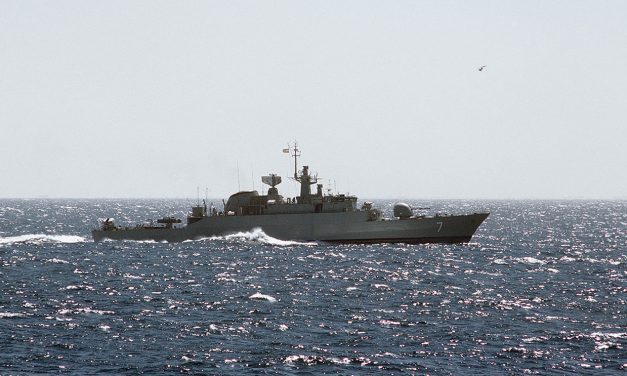Trap mines, drones and explosive boats
The Strait of Hormuz is an important bottleneck in the global trade in crude oil. The Iranian armed forces have repeatedly demonstrated that they can disrupt maritime traffic with simple means. The Islamic Republic of Iran and its naval forces represent a power factor in the Middle East. For this reason, it is worth taking a look at this maritime player, which has repeatedly acted as an enemy of Germany's friends and allies in recent decades. In the media, the image of the Iranian naval forces ranges from an overpowering opponent with the ability to block the Strait of Hormuz to a "cucumber force" with a penchant for accidents...
Weiterlesen






Recent Comments